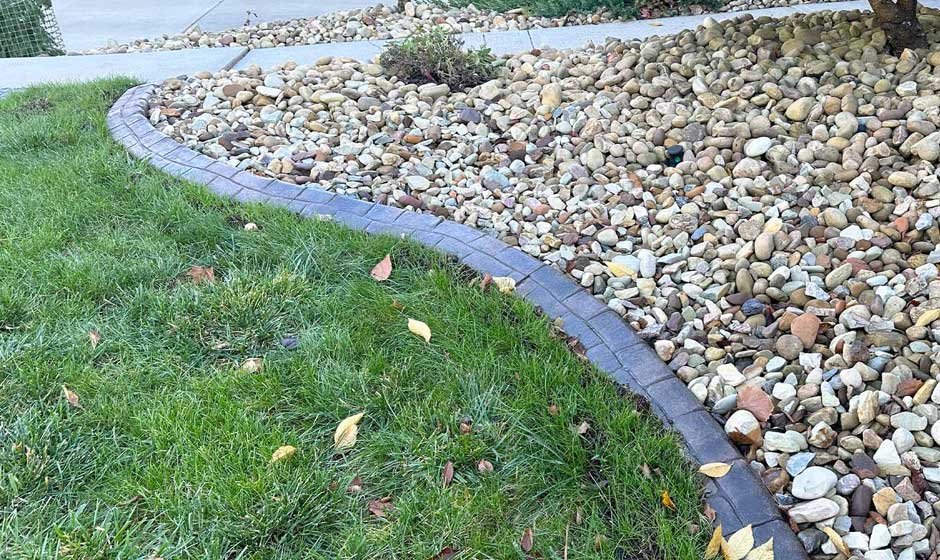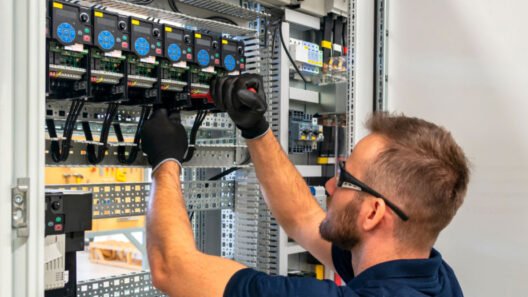Every home has a story. The front lawn, the flower beds, the walkways—they are the opening lines. And like any story worth telling, the details matter. One detail that too many homeowners overlook is edging. The thin line that separates grass from garden, patio from flower bed, driveway from lawn. It may look like a finishing touch, but in truth, it is the frame that defines the picture.
The question is: what type of edging will keep that picture looking sharp year after year? For most, the choice comes down to three materials—plastic, metal, or concrete. They vary in cost, appearance, and longevity. But one option stands tall while the others falter. Let’s examine each.
Plastic Edging: The Illusion of Value
Plastic edging is the fast-food version of landscaping. It is cheap, quick to install, and easy to find at any hardware store. For homeowners working on a tight budget, plastic seems like a sensible option.
But plastic has one fatal flaw—it is temporary.
- Sunlight bleaches its color, leaving it brittle and faded.
- Temperature changes cause it to expand and contract, leading to warping and cracks.
- Pressure from soil or roots pushes it out of line, creating unsightly gaps.
Plastic edging rarely lasts more than a few seasons before it starts to fail. Instead of creating a crisp, clean border, it begins to look tired and out of place. What once seemed like a smart buy becomes an endless cycle of replacement.
Plastic edging is not an investment. It is a recurring expense.
Metal Edging: The Mirage of Strength
Metal edging holds itself out as the “tough” choice. Sleek lines. A modern aesthetic. A price point that suggests durability. Many homeowners install it believing it will provide lasting strength.
But like any material exposed to the elements, metal has its own weaknesses.
- Rust: Unless treated, metal edging corrodes over time. Even treated varieties eventually break down in harsh conditions.
- Soil pressure: Metal can bend or shift as soil expands and contracts.
- Surface damage: Lawn equipment and garden tools can dent or chip it, breaking the once-pristine look.
Metal edging lasts longer than plastic, but it is far from permanent. Within a few years, it loses its clean lines and begins to look worn. Worse, repairs are tricky. Once metal bends or rusts, replacing sections is often the only fix.
Metal edging is the promise of longevity without the reality of it.
Concrete Curbing: The Language of Permanence
Concrete curbing is in a different league. It doesn’t pretend to last. It simply does.
Unlike plastic or metal, concrete is installed as a continuous border. It doesn’t shift with the soil. It doesn’t fade under the sun. It doesn’t bow to the weight of time. Once set, concrete becomes part of the landscape itself.
Here’s why homeowners prefer it:
- Durability: Concrete curbing can last decades with minimal maintenance.
- Design flexibility: It can be shaped, colored, and textured to match any style of home or garden.
- Stability: It won’t move, warp, or crack under normal conditions.
- Curb appeal: A polished, professional look that elevates the entire property.
When you invest in Utah Concrete Curbing, you invest in something that will outlast trends, seasons, and quick-fix alternatives. It is more than edging—it is craftsmanship poured into permanence.
Longevity: The Ultimate Test
So, which material truly lasts longer?
- Plastic: Two to five years at best before fading, warping, or cracking.
- Metal: Five to ten years, depending on treatment and maintenance.
- Concrete: Twenty to thirty years or more with proper installation and care.
The difference isn’t small. It’s generational. While plastic and metal force you into a cycle of repair and replacement, concrete curbing remains intact, reliable, and visually appealing year after year.
Cost vs. Value
Some homeowners hesitate at the upfront cost of concrete curbing. Yes, it is more expensive than plastic or metal in the short term. But the math tells the real story.
- Replace plastic edging every 3 years for 15 years, and you’ve spent more than you would on concrete in the first place.
- Repair or replace rusting metal after 8 years, and you’re right back where you started—paying again for something that should have lasted longer.
Concrete curbing is the only choice that pays for itself over time. You install it once, and you enjoy it for decades.
A Yard That Lasts as Long as Your Home
At the end of the day, edging is not about borders. It is about pride. The pride of a lawn that looks cared for. The pride of a garden that stays sharp and defined. The pride of investing in something that won’t betray you after a few seasons.
Plastic is fleeting. Metal is temporary. Concrete is enduring. If you want your landscaping to match the strength and permanence of your home, there is only one choice.
Concrete curbing doesn’t just edge your lawn. It elevates it. And once you see the difference, you will never settle for anything less.













